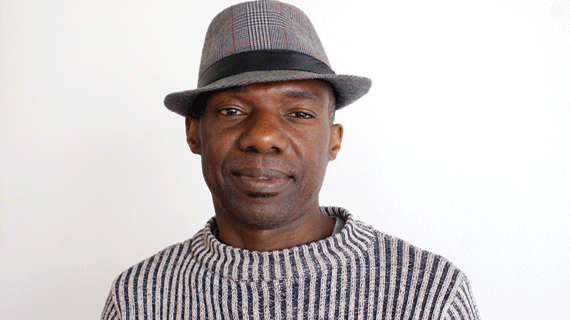
BRANDS maximise on their participation at exhibitions such as the Zimbabwe International Trade Fair (ZITF) as part of a well planned and executed strategy.
However, the key is in how one makes it all come together on the day. As mentioned last week, the whole exercise could easily be a waste of precious resources if not done properly.
As a judge, it is easy to detect whether companies have put some serious thought into their participation at an exhibition such as the ZITF. Many a time we as judges encounter empty or unfinished stands with staff frantically trying to complete their displays.
This would be on the opening day of the exhibition when everything should be ready!
This is symptomatic of a lack of planning. It is your fault that deadlines have not been met and it’s bad for business. Imagine a high-powered delegation of business prospects arriving at your stand and they are met with wet paint and goods still packed in their crates.
The role of the competition judges at ZITF is to assess how the stand conforms to set standards and the general theme of the exhibition. They also assist companies in ensuring that they get maximum value from their participation.
Selecting and training the staff that will be in charge of the stand is another critical area of careful focus. This is where many exhibitors get it wrong. The temptation is there to plant pretty faces and shapely bodies to attract traffic to the stand. But then what next?
The staff that you station at your stand should be your brand ambassadors in every sense.
- Chamisa under fire over US$120K donation
- Mavhunga puts DeMbare into Chibuku quarterfinals
- Pension funds bet on Cabora Bassa oilfields
- Councils defy govt fire tender directive
Keep Reading
They should be thoroughly knowledgeable of your organisation, brands, products or services.
Apart from being presentable, they should be business-like in approach. It is for these reasons that exhibiting should be taken as a serious business pursuit and not one of those junkets where the favourites in the company are out to have a good time.
It goes without saying that stand staff should be trained and well briefed about the objectives of participating at an exhibition.
In that way they know how to act or behave. Exhibitors opting for freelancers should ensure they go through mock simulations.
Many a time we have found exhibit staff relaxing, chatting among themselves or munching away at the stand. This does not give a very good impression about a brand even to the casual passersby.
We cannot say enough about exhibit staff because this is where most companies fall. Their brand comes out worse off just because not enough investment in time, planning and training has been made on stand staff.
Another area of focus is on activities related to the brand or company on and off the stand. These take the form of live demonstrations, shows, performances, receptions and networking opportunities.
The key is to keep the number of activities to the minimum. The average visitor does not have enough time on their hands. So any activity that is over-engaging can be a big put off and achieve the opposite to the intended effect.
Activities geared towards business prospects and clients that you personally invite should be the main focus. These can be kept longer or “held captive” for the intended purpose of getting their business. These are the ones you invite to the company cocktails.
Big guns such as Delta Beverages have seen the import of targeted activities that segment stakeholders. Activities depend on the size of the stand. Econet Wireless and the National University of Science and Technology have set a standard.
The need to manage traffic through the stand, particularly on days when the exhibition is open to the public becomes essential.
The award-winning South African stand at ZITF 2014 stood out in Hall 4. The stand design ensured interaction between exhibitors and potential clients along with the provision meeting spaces for deal making. It makes sense to learn from the best.
Finally, the question that all stand managers, public relations and marketing personnel should ask themselves is: How do we make our participation at an exhibition pay? We call this return on investment. Participation at an exhibition or trade show should not be a once-off affair.
It should be part of a broader marketing, brand or PR strategy. The absence of such a strategy raises serious questions about how the organisation operates.
Counting the number of leads created would be more gainful. Leads can be followed up after the exhibition and those that are transformed into sales can, therefore, be measured in ways that would make the finance department happy.
It would be difficult to justify the logic of participating at future exhibitions if it would consume precious dollars with little to show for it. Targeted marketing and long-range planning are key to making the whole experience count.
If you take it that an exhibition or trade show is just a tool or a tactic that requires that you put in maximum effort, its success will be guaranteed by what you put in.
Inviting and attracting business prospects to your stand is not the job of the exhibition organisers, but yours entirely. Your brand presence at an exhibition is just a tip of the iceberg. It’s how you add value through planning, execution and making it all pay in the end.
As you prepare for the next exhibition, which you should already be doing, remember that you should follow a tried and tested formula or system. Plan, prepare, execute and measure.
Lenox Mhlanga is a commmunications and media consultant as well as an accredited trainer. He can be contacted at [email protected]










